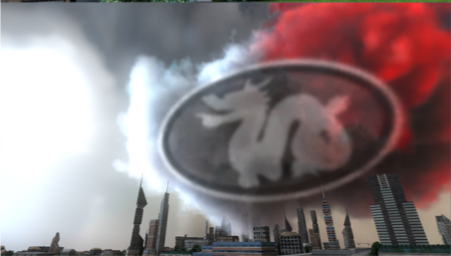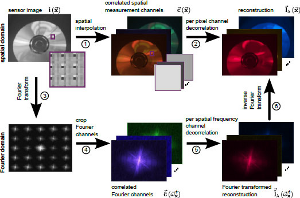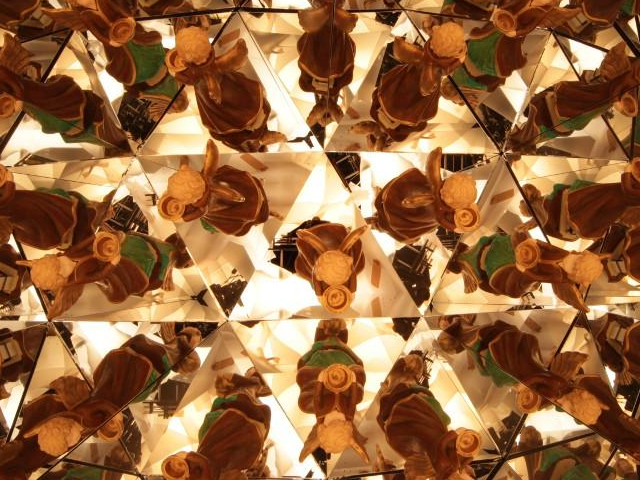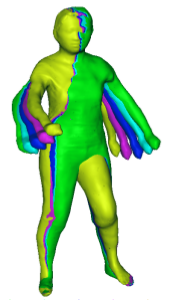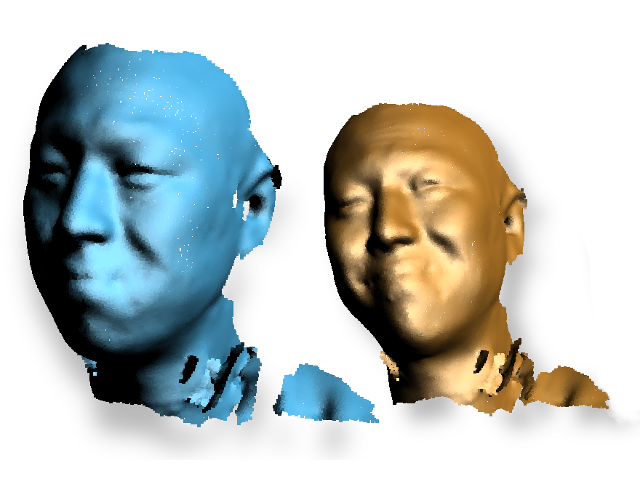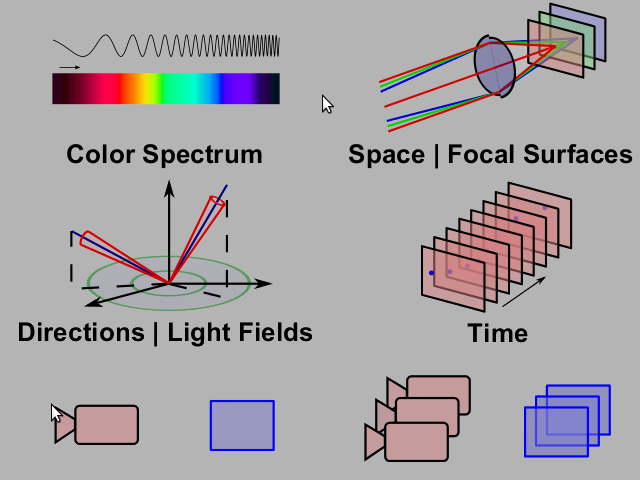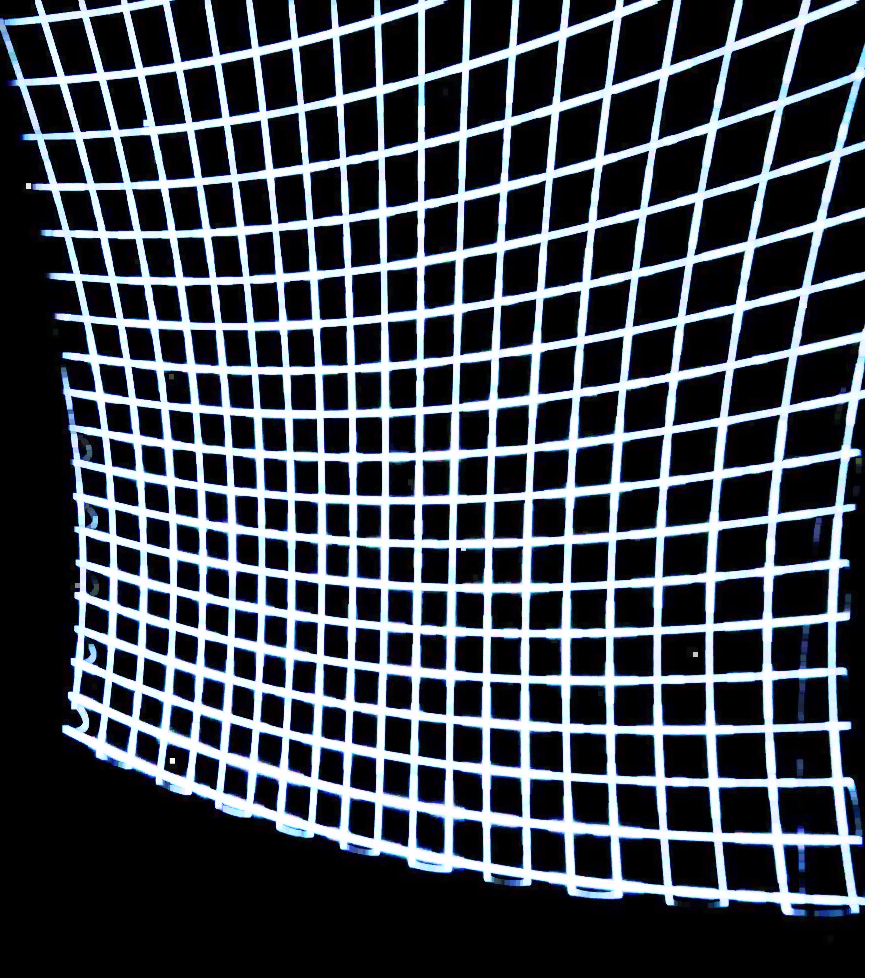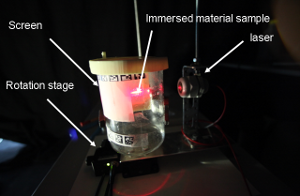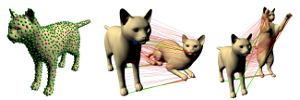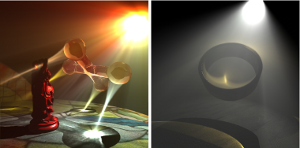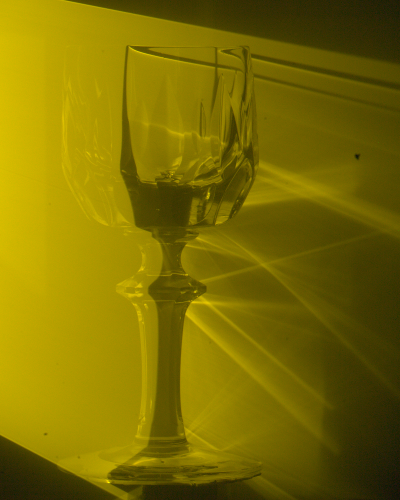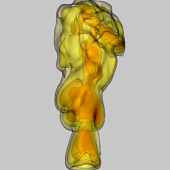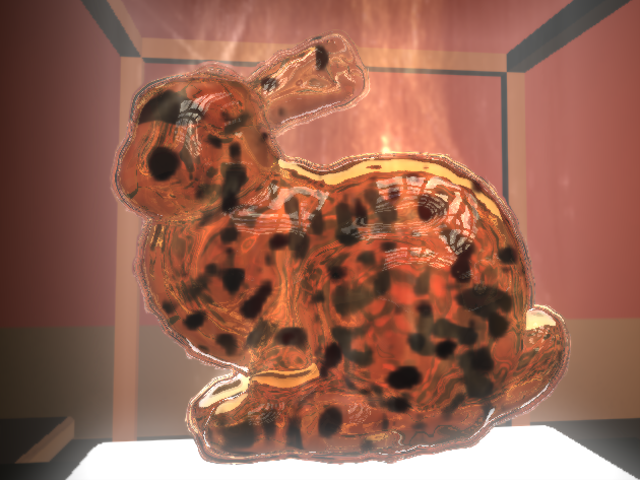Acquisition and Analysis of Bispectral Bidirectional Reflectance and Reradiation Distribution Functions
In fluorescent materials, light from a certain band of incident wavelengths is reradiated at longer wavelengths, i.e., with a reduced
per-photon energy. While fluorescent materials are common in everyday life, they have received little attention in computer graphics. Especially, no bidirectional reradiation measurements of fluorescent materials have been available so far. In this paper, we
extend the well-known concept of the bidirectional reflectance distribution function (BRDF) to account for energy transfer between
wavelengths, resulting in a Bispectral Bidirectional Reflectance
and Reradiation Distribution Function (bispectral BRRDF). Using
a bidirectional and bispectral measurement setup, we acquire reflectance and reradiation data of a variety of fluorescent materials,
including vehicle paints, paper and fabric, and compare their renderings with RGB, RGB×RGB, and spectral BRDFs. Our acquisition
is guided by a principal component analysis on complete bispectral
data taken under a sparse set of angles. We show that in order to
faithfully reproduce the full bispectral information for all other angles, only a very small number of wavelength pairs needs to be
measured at a high angular resolution.
Projects
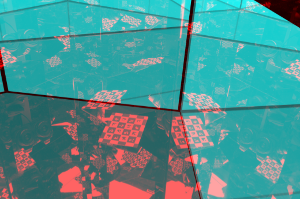
Discovering the Structure of a Planar Mirror System from Multiple Observations of a Single Point
CVPR 2013
Abstract
We investigate the problem of identifying the position of a
viewer inside a room of planar mirrors with unknown geometry
in conjunction with the room’s shape parameters. We consider
the observations to consist of angularly resolved depth
measurements of a single scene point that is being observed
via many multi-bounce interactions with the specular room
geometry.
Applications of this problem statement include areas such as
calibration, acoustic echo cancelation and time-of-flight
imaging. We theoretically analyze the problem and derive
sufficient conditions for a combination of convex room
geometry, observer, and scene point to be
reconstructable. The resulting constructive algorithm is
exponential in nature and, therefore, not directly
applicable to practical scenarios.
To counter the situation, we propose theoretically devised
geo- metric constraints that enable an efficient pruning of
the solution space and develop a heuristic randomized search
algorithm that uses these constraints to obtain an effective
solution. We demon- strate the effectiveness of our
algorithm on extensive simulations as well as in a
challenging real-world calibration scenario.
Bibtex
@inproceedings{Reshetouski:13,
author = {Ilya Rehsetouski and Alkhazur Manakov and Ayush Bhandari and Ramesh Raskar and Hans-Peter Seidel and Ivo Ihrke},
title = {Discovering the Structure of a Planar Mirror System from Multiple Observations of a Single Point},
booktitle = {Proceedings of CVPR},
year = 2013,
pages = {xx--yy},
}
author = {Ilya Rehsetouski and Alkhazur Manakov and Ayush Bhandari and Ramesh Raskar and Hans-Peter Seidel and Ivo Ihrke},
title = {Discovering the Structure of a Planar Mirror System from Multiple Observations of a Single Point},
booktitle = {Proceedings of CVPR},
year = 2013,
pages = {xx--yy},
}




